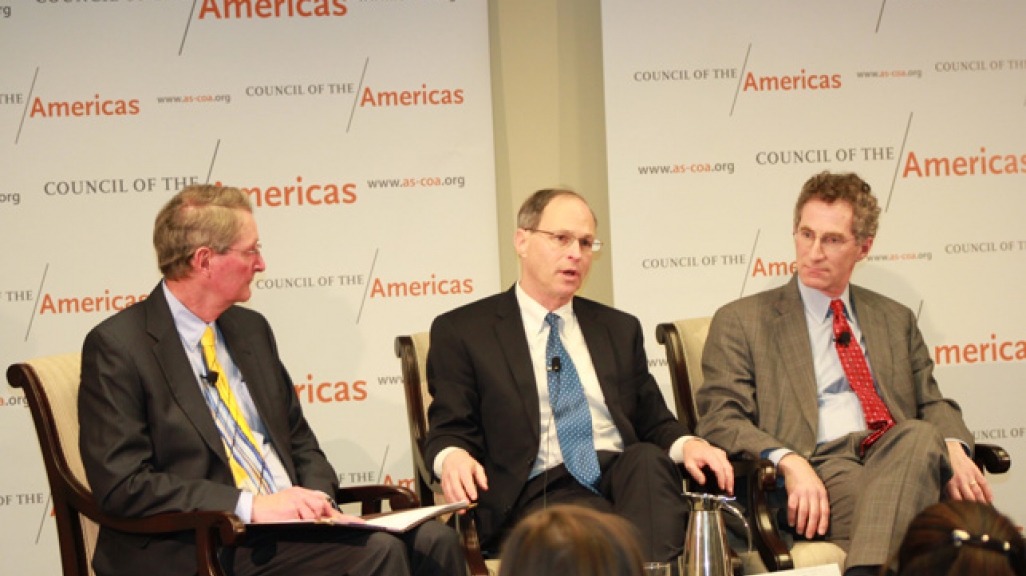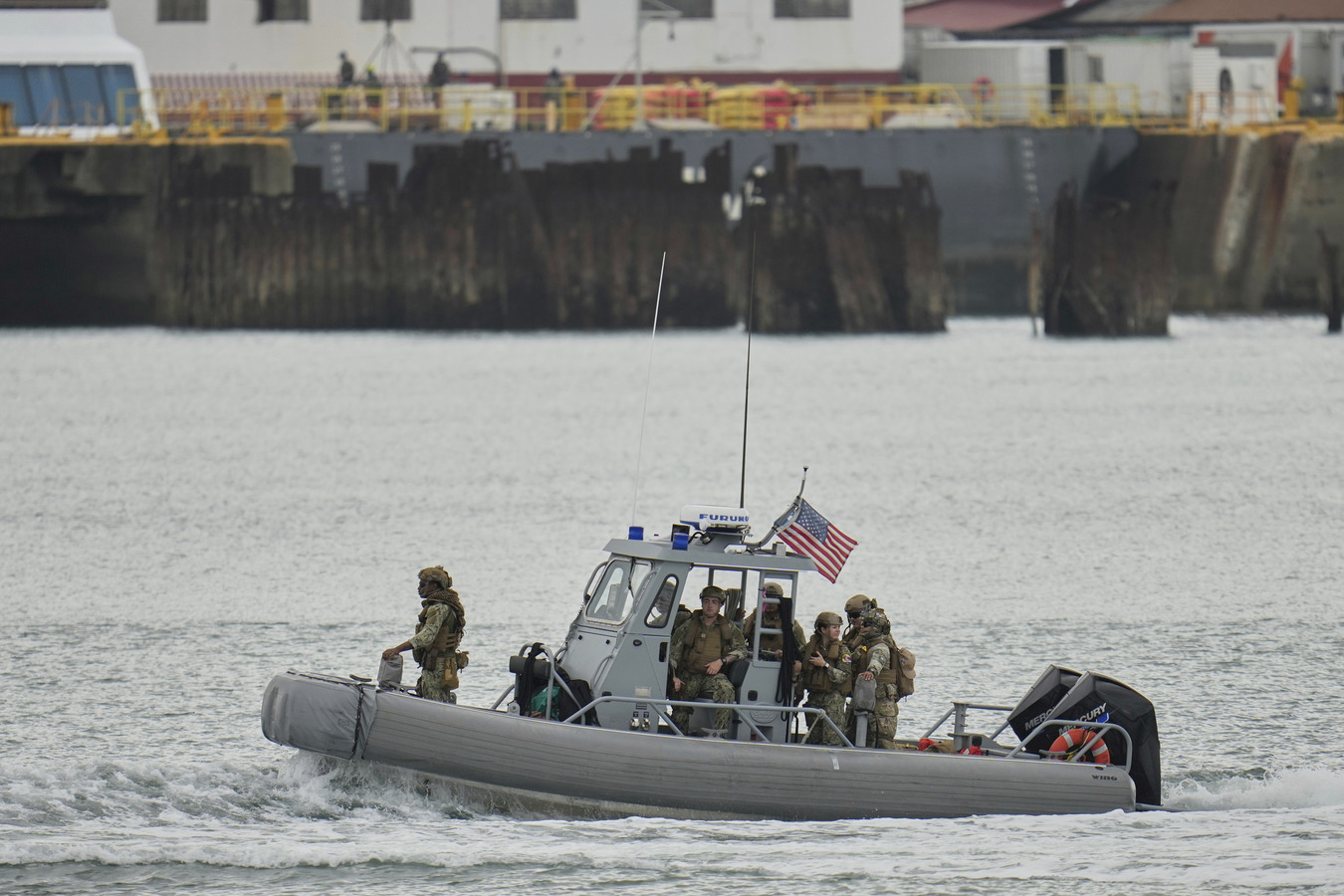Summary: Cybersecurity in the Western Hemisphere
Summary: Cybersecurity in the Western Hemisphere
Experts discussed cyber risks affecting the public and private sectors, as well as the new technologies used to fight cybercrime.
Speakers:
- Dan Chenok, Executive Director, IBM Center for The Business of Government
- Paul Stockton, Managing Director, Sonecon LLC
- Roger Tjarks, Director of Cyber Programs, Raytheon Company
- Phillip Yin, Business and Politics Anchor, CCTV-America
Summary
On March 6, AS/COA hosted an expert panel about the rising cybersecurity threats facing the Americas. Panelists discussed the need to create a dynamic partnership between the private and public sectors to safeguard important information.
Examples of Cyber Attacks
Cyber intrusions and attacks have increased dramatically over the last decade, exposing sensitive information and disrupting critical operations, speakers explained. Different types of hackers ranging from private citizens with economic goals to state-sponsored groups with political aims threaten both the online and real world. Sonecon LLC’s Paul Stockton advised that it is important to understand the level of threats that exist. A recent example is the attack on retail company Target’s credit card database, when up to 40 million cards were compromised. While this type of attack is detrimental to consumers and retail companies, the panelists warned of more serious attacks to critical infrastructure like a kinetic cyber attack in which direct or indirect physical damage could be inflicted. With the increasing use of automated industrial-controlled systems in infrastructure management, vital sources could be exposed and vulnerable. Panelists pointed to one example: tampering with data used for distribution purposes by the electric grid. If this were to occur, entire regions could suffer power shortages.
Learn more: see what experts have to say about trends in cybersecurity.
Public-Private Partnerships for Cybersecurity
Panelists agreed on the need for private-public partnership in the prevention of cybercrime. Considering that the private sector tends to be creative in finding cost-effective solutions, panelists suggested having businesses lead the way in determining best practices, while the government coordinates implementation of these recommendations in a consistent manner. Moreover, Stockton added that the government would benefit by “compensating companies that write sophisticated software that is hard to hack” in order to foment a culture of innovation and better security. Panelists also encouraged military-to-military collaboration to share common interests and help build a stronger regional foundation to counter cyber threats.
With the world relying increasingly on mobile technology, social media, and data analytics, the free flow of data is imperative to ensure undistorted connectivity, panelists said. They noted that there has been a gain in productivity and innovation achieved from loosening restrictions on data flows. IBM’s Dan Chenok likened the benefits to those encountered in free-trade agreements, stating that removing barriers helps expand information access. But some governments struggling to control cybercrime or to protect personal information have developed various regulations limiting data flows across borders.









